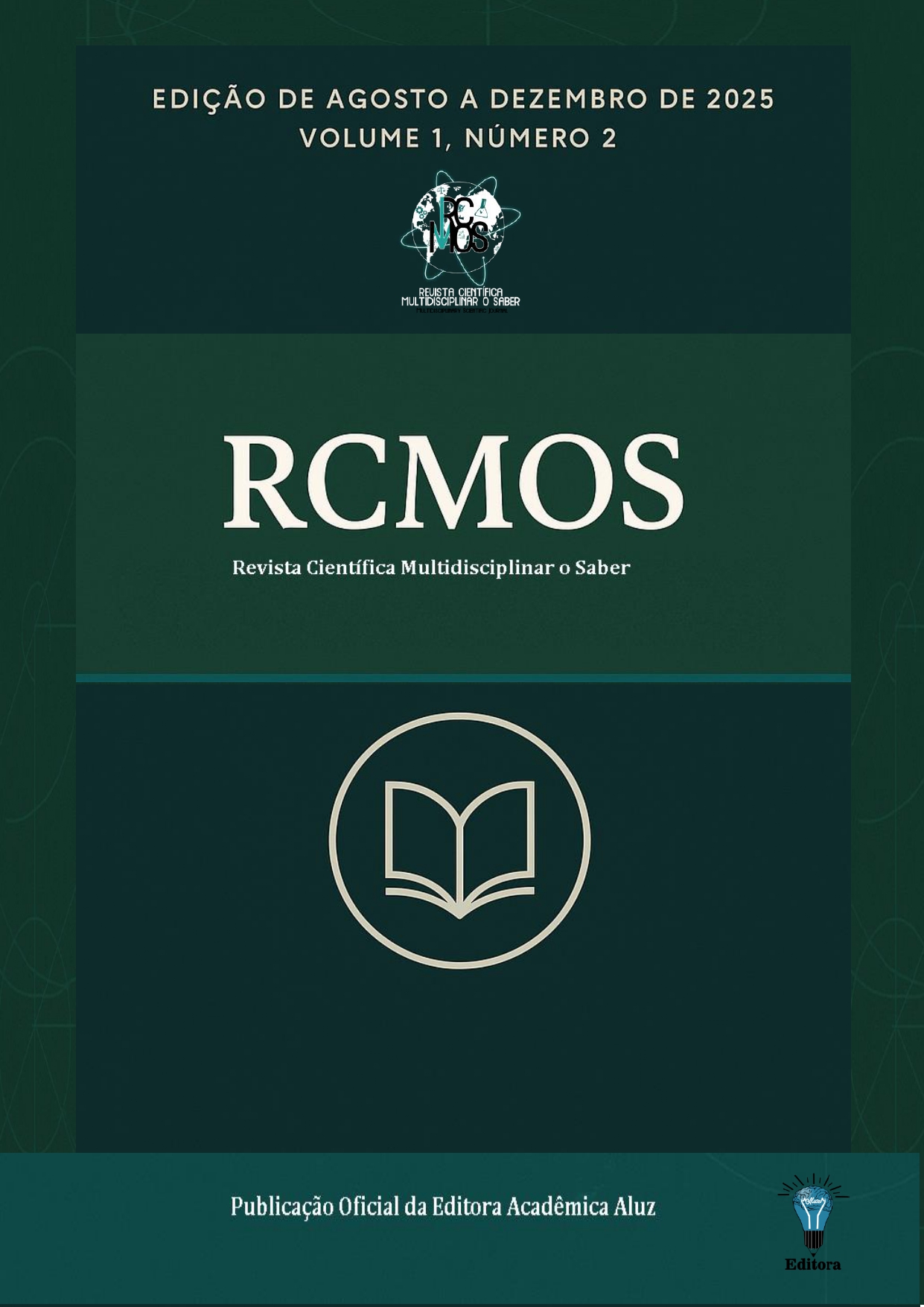Contributions of dialectical behavior therapy (DBT) to borderline personality disorder (BPD)
Contributions of dialectical behavior therapy (DBT) to borderline personality disorder (BPD)
DOI:
https://doi.org/10.51473/rcmos.v1i2.2025.1377Keywords:
Borderline Personality Disorder. Dialectical Behavior Therapy. Emotional Dysregulation. Interven-tion. Skills Training.Abstract
Epidemiological studies estimate that between 10% and 13% of the population meets the criteria for personality disorders. The most severe forms, such as borderline personality disorder, marked by intense impairments in interpersonal relationships, have a prevalence of approximately 4%. The present study aimed to investigate the contributions of Dialectical Behavior Therapy (DBT) in the treatment of Borderline Personality Disorder (BPD), especially with regard to improving quality of life and effectiveness in reducing self-destructive behaviors, impulsivity, emotional instability, and improving interpersonal relationships. Using a literature review methodology, scientific articles from 2000 to 2025 were analyzed from databases such as SciELO and electronic journals in psychology to identify the effects of DBT on emotional regulation and control of emotional crises in individuals with this type of disorder. The results identified significant improvements through the development of new behavioral skills that contribute to emotional regulation, impulse control, interpersonal effectiveness, and tolerance to discomfort.
Downloads
References
AMERICAN PSYCHIATRIC ASSOCIATION. Diagnostic and statistical manual of mental disorders. 5. ed. Arlington: American Psychiatric Association, 2013. DOI: https://doi.org/10.1176/appi.books.9780890425596
AMERICAN PSYCHIATRIC ASSOCIATION. What is Borderline Personality Disorder? Disponível em: https://www.psychiatry.org/News-room/APA-Blogs/What-is-Borderline-Personality-Disorder. Acesso em: set. 2024.
AMERICAN PSYCHIATRIC ASSOCIATION. Manual diagnóstico e estatístico de transtornos mentais: DSM-5. 5. ed. Porto Alegre: Artmed, 2014.
BATEMAN, A.; FONAGY, P. Tratamento baseado na mentalização para transtorno de personalidade borderline: manual do terapeuta. Porto Alegre: Artmed, 2016.
BOHUS, M.; REICHERZER, M. Como lidar com o transtorno de personalidade borderline: guia prático para familiares e pacientes. 5. ed. São Paulo: Hogrefe, 2017.
CAVALHEIRO, C. V.; MELO, W. V. Relação terapêutica com pacientes borderlines na terapia comportamental dialética. Psicologia: Teoria e Pesquisa, v. 22, n. 3, p. 579-595, 2016. Disponível em: https://doi.org/10.5752/P.1678-9523.2016V22N3P579. Acesso em: set. 2024. DOI: https://doi.org/10.5752/P.1678-9523.2016V22N3P579
CHAPMAN, A. L.; GRATZ, K. L. The borderline personality disorder survival guide: everything you need to know about living with BPD. Oakland: New Harbinger Publications, 2007. p. 15.
CROWELL, S. E.; BEAUCHAINE, T. P.; LINEHAN, M. M. A biosocial developmental model of borderline personality: elaborating and extending Linehan’s theory. Psychological Bulletin, v. 135, n. 3, p. 495-510, 2009. DOI: https://doi.org/10.1037/a0015616
DALGALARRONDO, P. Psicopatologia e semiologia dos transtornos mentais. 3. ed. Porto Alegre: Artmed, 2019.
JOHNSON, J. G. et al. Childhood maltreatment increases risk for personality disorders during early adulthood. Archives of General Psychiatry, v. 56, n. 7, p. 600-606, 2000. DOI: https://doi.org/10.1001/archpsyc.56.7.600
LIEB, K. et al. Borderline personality disorder. Lancet, v. 364, p. 453-461, 2004. DOI: https://doi.org/10.1016/S0140-6736(04)16770-6
LINEHAN, M. M. Cognitive-behavioral treatment of borderline personality disorder. New York: Guilford Press, 1993.
LINEHAN, M. M. Tratamento de transtorno de personalidade borderline: a terapia comportamental dialética. Porto Alegre: Artmed, 2010.
LINEHAN, M. M. DBT skills training manual. New York: Guilford Press, 2015.
LYNCH, T. R. et al. Dialectical Behavior Therapy for Borderline Personality Disorder. Annual Review of Clinical Psychology, v. 3, n. 1, p. 181-205, abr. 2007. DOI: https://doi.org/10.1146/annurev.clinpsy.2.022305.095229
MCMAIN, S.; KORMAN, L. M.; DIMEFF, L. Dialectical behavior therapy and the treatment of emotion dysregulation. Journal of Clinical Psychology, v. 57, n. 2, p. 183-196, 2001. DOI: https://doi.org/10.1002/1097-4679(200102)57:2<183::AID-JCLP5>3.0.CO;2-Y
SANSONE, R. A.; LEVITT, J. L. Prevalence of personality disorders among patients with eating disorders. Eating Disorders, v. 10, n. 1, p. 16-23, 2002. DOI: https://doi.org/10.1080/10640260290081786
WINOGRAD, G.; COHEN, P.; CHEN, H. Adolescent borderline symptoms in the community: prognosis for functioning over 20 years. Journal of Child Psychology and Psychiatry, v. 49, n. 9, p. 933-941, set. 2008. DOI: https://doi.org/10.1111/j.1469-7610.2008.01930.x
ZANARINI, M. C. et al. Axis I comorbidity of borderline personality disorder. American Journal of Psychiatry, v. 155, n. 12, p. 1733-1739, dez. 1998. DOI: https://doi.org/10.1176/ajp.155.12.1733
ZANARINI, M. C. et al. Prediction of the 10-year course of borderline personality disorder. American Journal of Psychiatry, v. 163, n. 5, p. 827-832, maio 2006 DOI: https://doi.org/10.1176/ajp.2006.163.5.827
Downloads
Additional Files
Published
Issue
Section
Categories
License
Copyright (c) 2025 Rosana Valinãs Llausas, Giovanna Cavalcante Bertaglia, Ligia Perucci Foschine de Oliveira, Max Ethos Ribeiro Vieira (Autor)

This work is licensed under a Creative Commons Attribution 4.0 International License.












